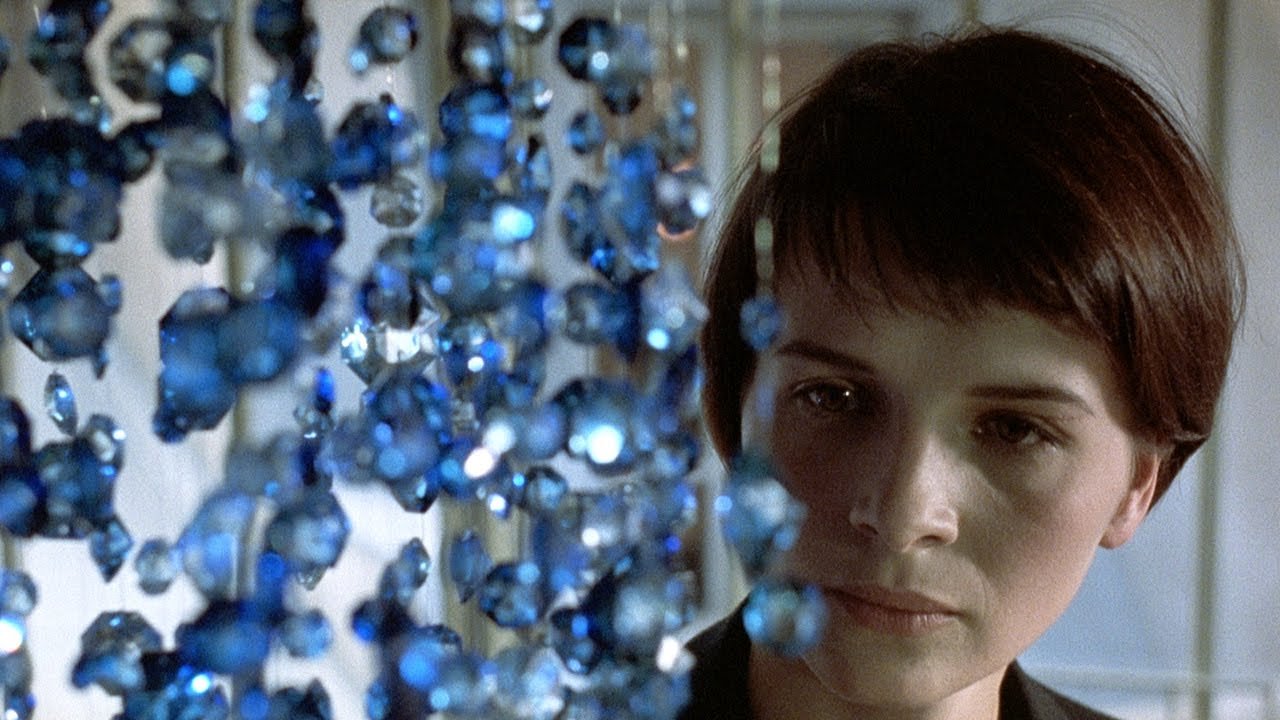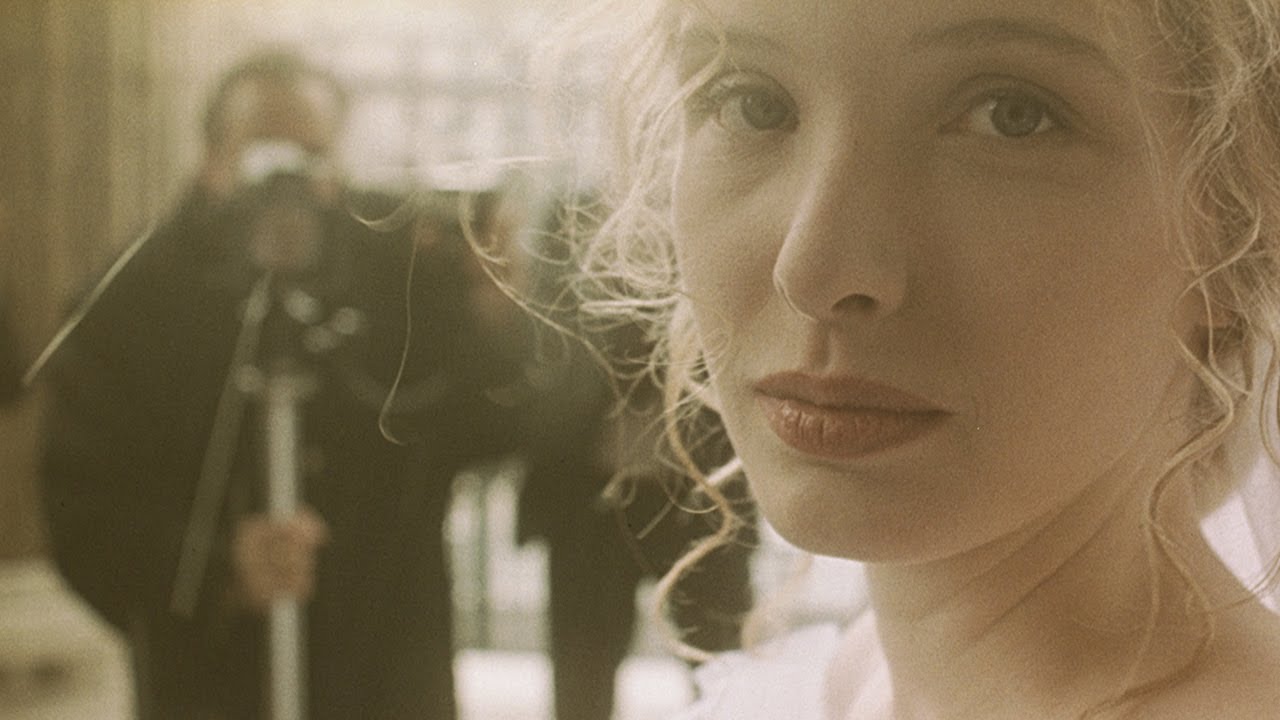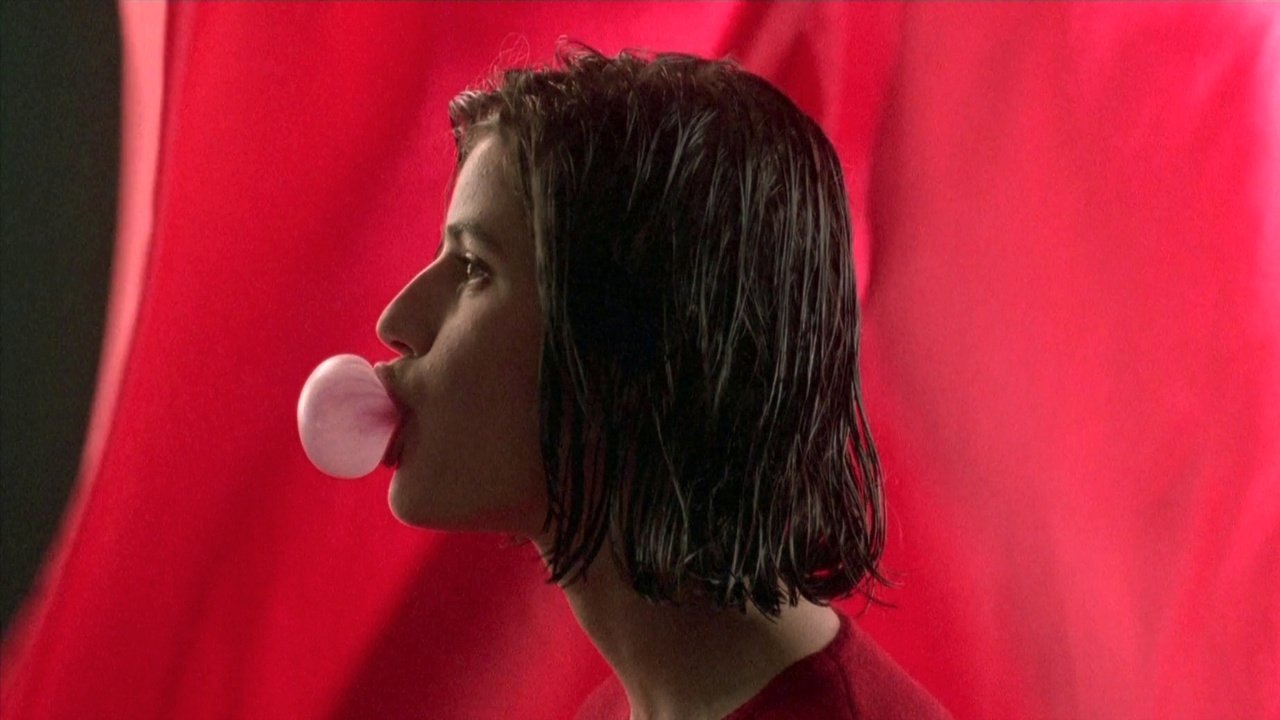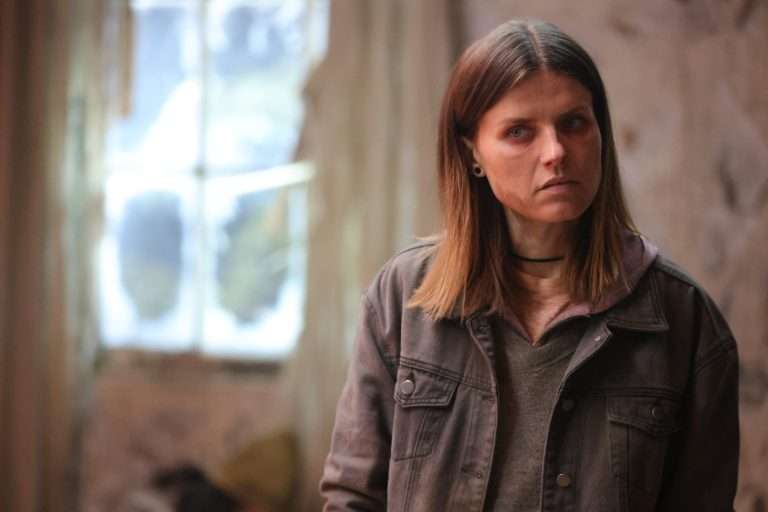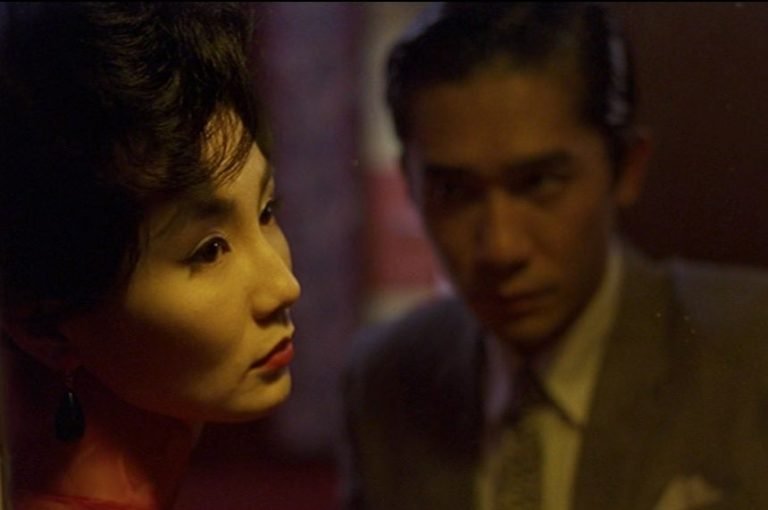Krzysztof Kieślowski’s Three Colors Trilogy is an interestingly structured narrative that focuses on the colors, as the name suggests, of the French flag, and addresses the notions or principles each color represents. The intriguing premise behind this trilogy is what sets it apart, and the handling of liberté, égalité, fraternité through Bleu, Blanc and Rouge presents the viewer with a refreshing contrast. There is a subtle appreciation for the fact that these are strong notions as guiding principles, but don’t necessarily come without their own pitfalls.
Trois Couleurs: Bleu
Meant to speak about Liberty, which is what the blue stands for, this film tells the story of a woman who loses her family in an accident. Her journey from the hospital bed to her lover’s bed, speaks volumes about the contradictory nature of independence. The liberty here is expressed through the protagonist’s fiery need for establishing control on her life. She is a victim of fate, and she feels an urge to fight back by controlling everything. In the very method of fighting lies the conflict, and her passion to establish freedom is a restraint itself. She would rather feel in control than at peace, and so her liberty is tainted with personal limitations of governing every aspect of her life.
The unsettling inevitability of life is something everyone struggles to reconcile and when something you couldn’t have prevented, turns your life upside down, it crushes your spirit. The responses to such an event are varies, and here the woman tries to find some semblance of control after her life gets derailed. However it manifests in a self-destructive journey of severing ties, because apparently managing on your own is the loudest reply you can give to the universe, saying it couldn’t break you. While this is an incredible expression of her truth and liberty, it’s degenerative and just as expected, her loneliness compounds to such extents she feels stifled despite being absolutely free.
Her need to establish control is manifested in her interactions and actions, like trying to ensure the promiscuous tenant isn’t unfairly evicted, or the musical piece stays unaltered as she wished. Even when she connects with people, it’s purely for a purpose, and the strict boundaries she sets for herself, which she convinces herself is for her own protection and because she needs no one actually contradicts the expression of liberty. The scene where she swims and tries to drown, tells us how much more constricted she feels, spiritually and physically now that she is on the warpath with destiny.
Related Read to Three Colors Trilogy: Wong Kar Wai’s Love Trilogy
So when she confronts her husband’s mistress but eventually gives her a house to live in, and apparently shows acceptance, it seems to be motivated in equal parts by sacrifice and by genuine understanding. The cinematography also reflects this contradictory nature of liberty, by allowing her space, but featuring close-up shots whenever possible. Altogether, you feel suffocated in spite of the freedom. The ending however, depicts the understanding that there’s free will within inevitability and the breath of air that comes from realizing that she’s not a prisoner if she accepts help, is rejuvenating.
Trois Couleurs: Blanc
This is much more subtle in the context of the topic. On the face of it, White is basically a revenge story and thus directly depicts equality, in the form of tit-for-tat. Yet, there’s a ton of misbalance, behind the façade of balanced scales. It follows a man who loses a divorce and gets cheated out of all his possessions without so much as a ticket home. The story is about how he manages to return with help from a stranger, and then sets out on a vengeful road to ensure the woman gets punished for the way she mistreated him. Hidden inside this premise of a suspenseful tale, is a lost love, and an agonizing loneliness which culminates in the ultimate act of trickery.
Getting cheated is an incredibly unsettling experience, mainly because of the betrayal that comes with the tragedy. Even if you’ve reconciled the inevitability of tragedy, you are never prepared for a betrayal, hence the word. And just like with most people, the man here is also inclined towards acting as judge, jury, and executioner. The absolutely devastating plight which he was left in, robbed of everything he owned, fuels an unquenchable thirst to ruin his ex-wife. And in the process he loses even more, including his identity and even his defining personality traits. There’s also the more obvious, almost cliché definition of vengeance not being true justice.
There are moments in the film where a compassionate and broken individual peeks out from beneath the person who others know him for. And yet, he got convinced that this is his biggest flaw and sacrifices it to become an almost ruthless person, consumed by his need for revenge. He convinced himself it would all be worth it, especially being egged on by the phone call where his ex makes him listen to her during intercourse. The person he hated most, and needed to destroy slowly gets a hold of him in such a manner that he morphs into her, just in his own body. He’s almost despicable by the end, unrecognizable from the kind stranger who loved playing comb harmonica, and smiled brightly.
Related Read to Three Color Trilogy: Before Midnight (2013) Review: Mature, Poignant and Simply Heartbreaking
The fruition of the plan brings a beaming smile to his face, but you can see the loss in him. This smile is malicious and he obviously couldn’t save his childlike innocence and enthusiasm which even his ill fate had not been able to kill. And more importantly, he had to change identities and give up the life that he had been robbed of. Somewhere in the journey of exacting revenge, he gave up more than he bargained to, and the losses on the sides never did get balanced out. The teary eyed farewell in the end, where he possibly acknowledges this, goes to show that he doesn’t deem it to be worth it. The undying passion to establish equal footing took him across a line he’d never be able cross back from.
Trois Couleurs: Rouge
Just like the colour red, the last part of the trilogy is intensely passionate, and inspires an awakening within. Here, the fraternity angle is in fact the one that’s subtler. On the face of it, Red is an honest acknowledgment of loneliness, and how it defines the human experience. It’s the story of a model who lives away from her boyfriend, and her unlikely friendship with a retired judge. The film tells the tale of how she is presented with an unforeseen opportunity in her career and leaves on a ship to a far-off land to pursue it. However, the film’s storyline is much more meandering, and the central focus is the unlikely friendship. It is kind of a study of how our lives are basically attempts to feel less alone.
The film is full of reminders that community exists despite loneliness and is simultaneously fighting it, and encouraging it. On the one hand, through phone calls, and accidental meetings and circumstantial interactions, we connect with people, and that helps us navigate through this journey that’s at every moment reminding us of how lonely we are. On the other hand, despite finding like-minded and compatible people as friends and significant others, we’re all afraid to bare it all, for different reasons, that happen to vary from individual to individual. So, in a way we’re lonelier in company than when we’re alone, because the latter allows us to live as ourselves with less worries, although not always.
The central story about the judge’s connection with the woman who was to be his wife, is deceptively intentional. It’s the most powerful ode to the ability of people to connect despite everything, and is a depiction of fraternity. So is the story of the judge’s current life. His connection with this young woman is unbelievable, and yet it shows us how fraternity can bloom even in the most adverse of situations. They’re both closed and yet they confide in each other with a freedom that’s almost infectious. The conflicting nature of the resolution in Red is more owed to the nature of humanity than to the film.
Related Read to Three Colors Trilogy: Fallen Angles (1995) :The Art of Longing
That being said, the non-linear story design does a great job of throwing us off the scent and actually depicts the complementary relationship of loneliness and fraternity. It’s because we’re lonely that the concept of friendship and bonding even exists, and it’s because fraternity is possible that we’re lonely when alone. The judge’s habit of snooping on people is a truly devastating effect of loneliness. It’s difficult to reconcile the fact that we are, despite being so many in number, alone as people at the end of the day, and connections only go so far in helping. What made a difference is how these two people from different times and walks of life, taught each other to survive solitude and reconcile loneliness.
The Metaphor of the Aged People
Each film has one repeated scene, that of an aged person trying to throw away a glass bottle. The aged people represent what the characters lack in that scenario and the response represents the central notion. They’re not interrupted, and are hence free. They’re not helped either, and hence are on an equal footing with everyone else who is suffering. They are however, lonely, and are clearly struggling to live within that solitude. So, as expected, in the first film they’re ignored, because that defiance shows independence. In the second one their struggle is met with a sneer, because that makes the suffering fool feel better about his own plight and means they’re equal. And in the third film, they receive help, thus reminding us that fraternity does indeed exist in the world, even if it may seem cold.
Related Read to Three Colors Trilogy: 10 Great European Movies That You Just Can’t Miss
The Three Colors is thus a truly reflective narrative about life. It closely examines the guiding principles of life, carefully exposing the fallacies, while simultaneously acknowledging the merits. The complexity in this study reflects the complexity of life itself. Nothing is what it seems to be from a superficial examination of these films, which is also the case with life experiences.

